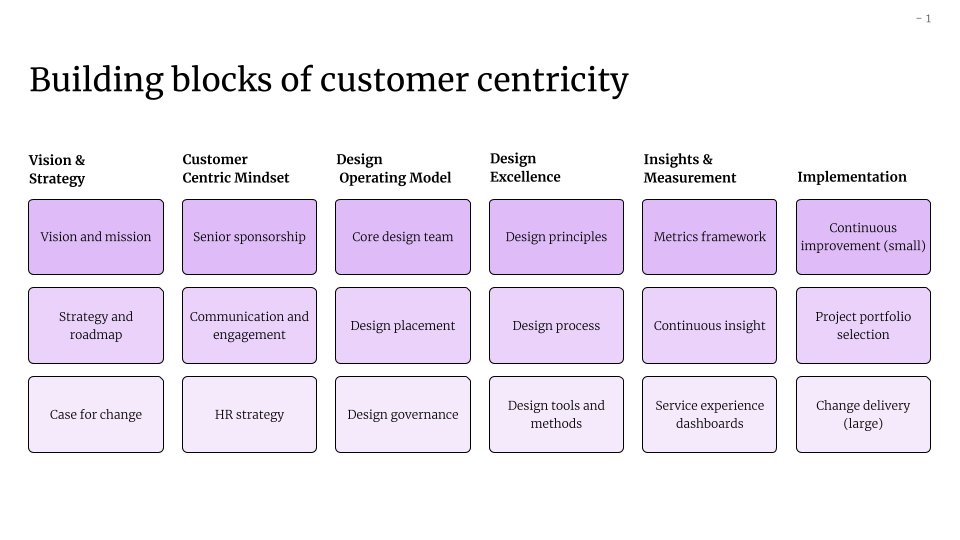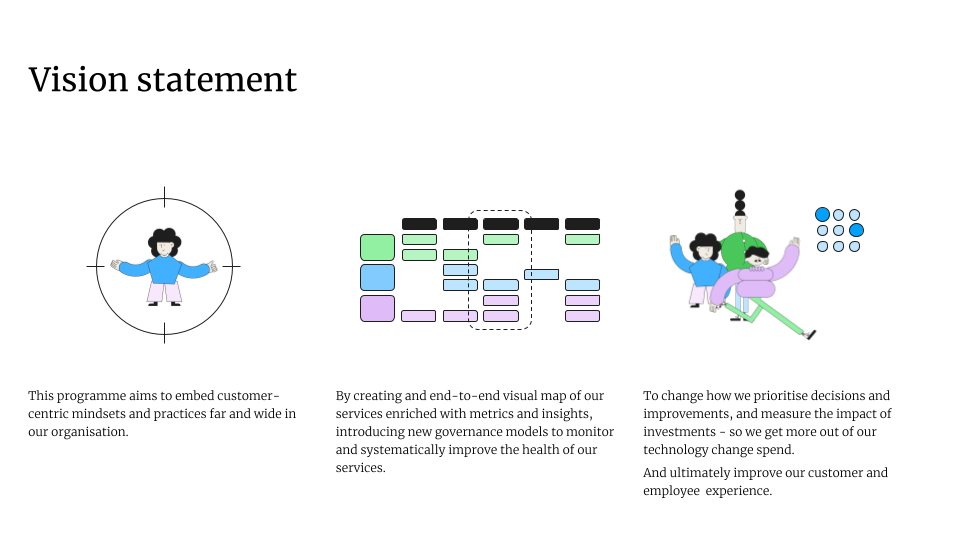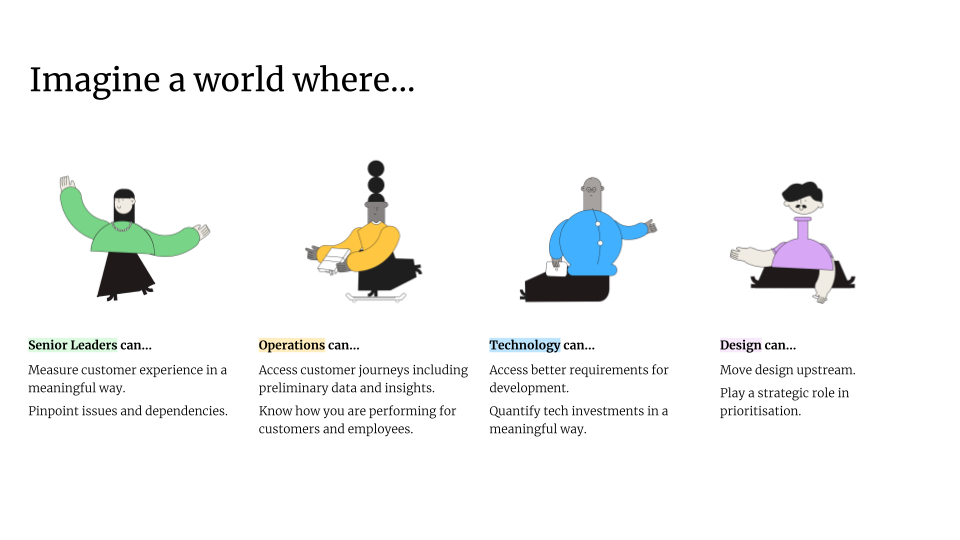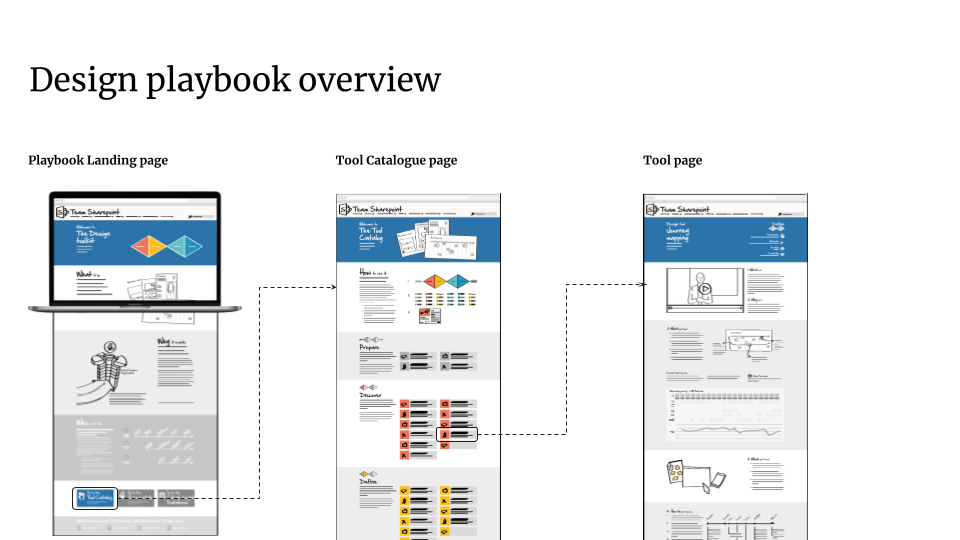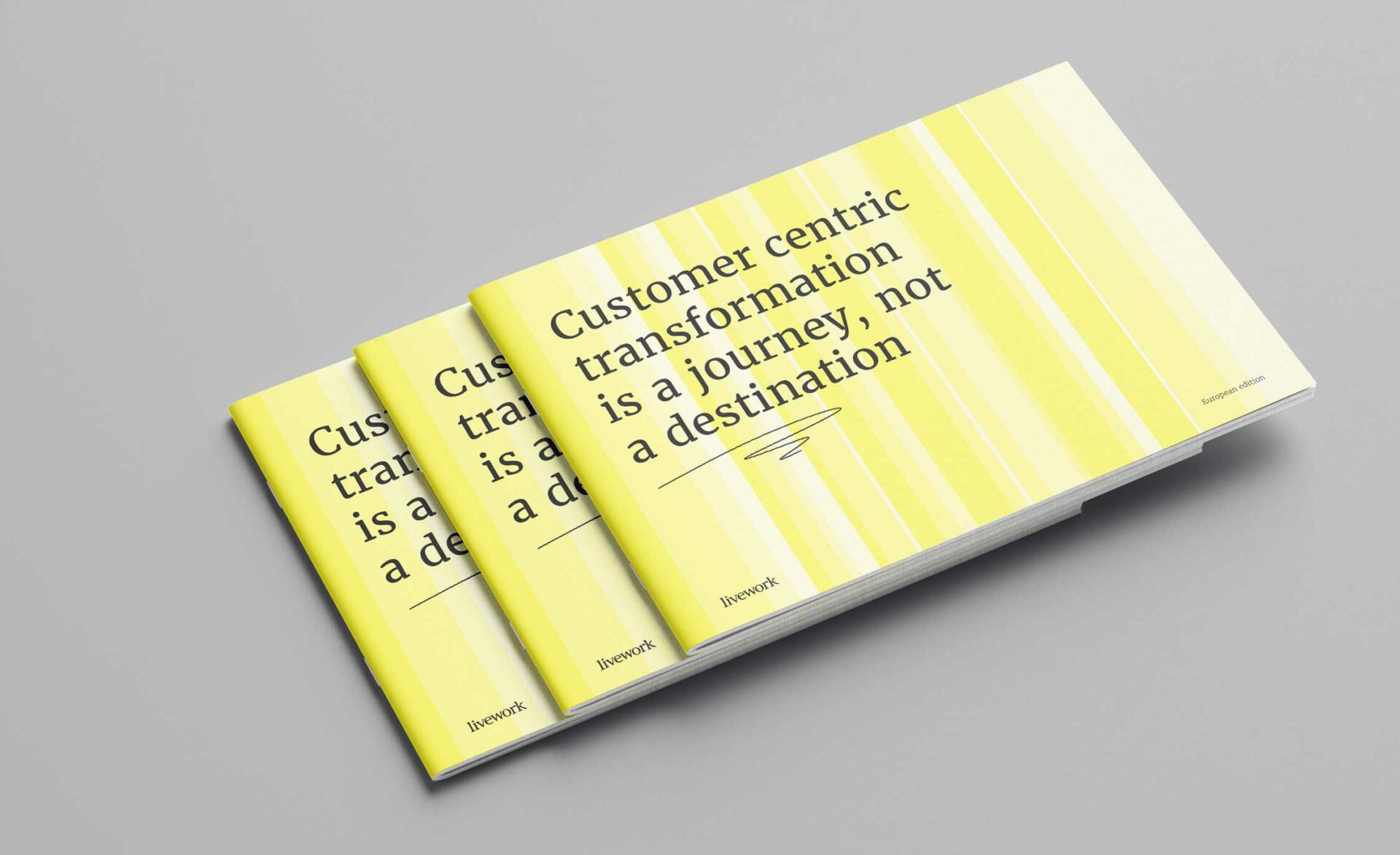The building blocks of customer centricity
If customer centricity is your goal, service design should be a central part of your plan to achieve that. It is well known that design can help create desirable products and great customer experiences. Working with clients for over 19 years, we have also seen how critical service design is to the achievement of customer-oriented organisations and cultures. In the past three years, we have developed, tested, and iterated a model to distill the essential building blocks required to move organisations towards a customer logic.


